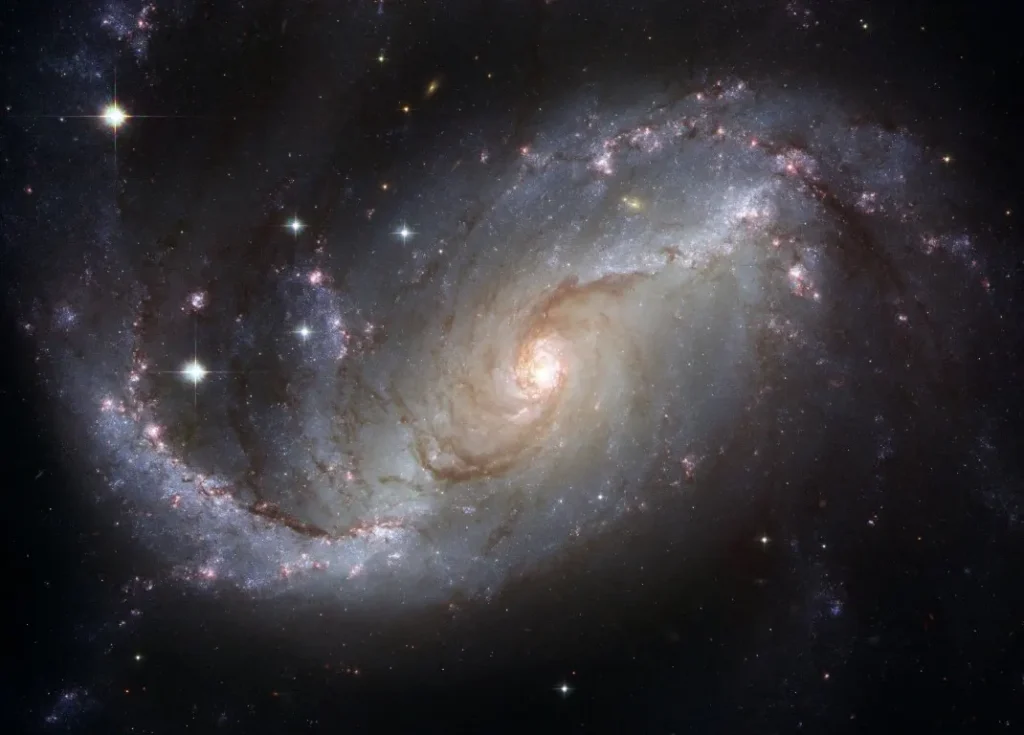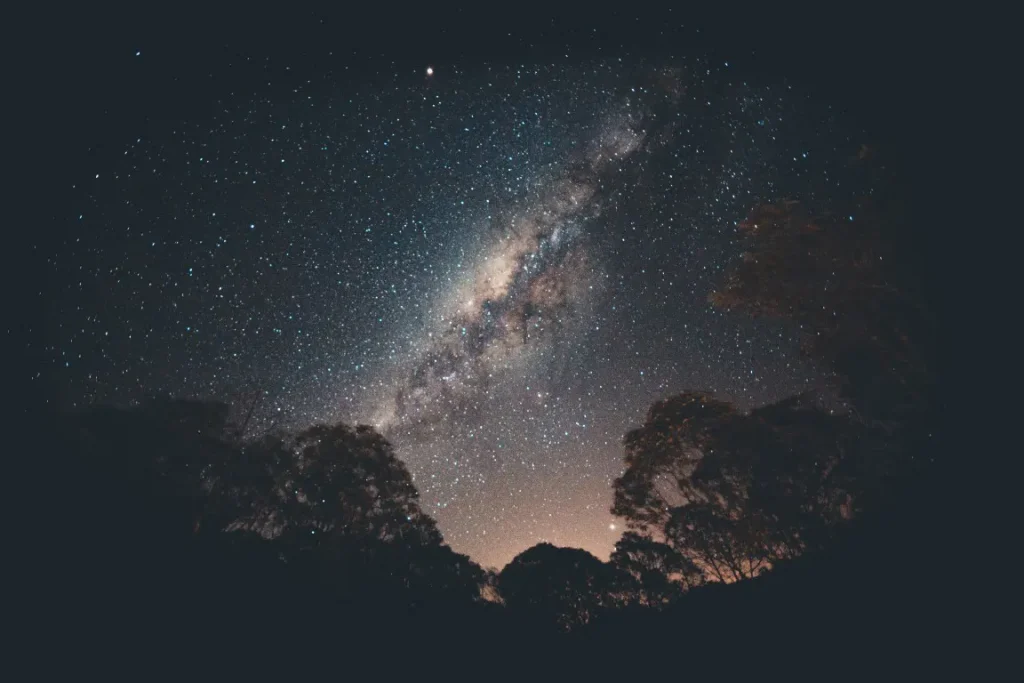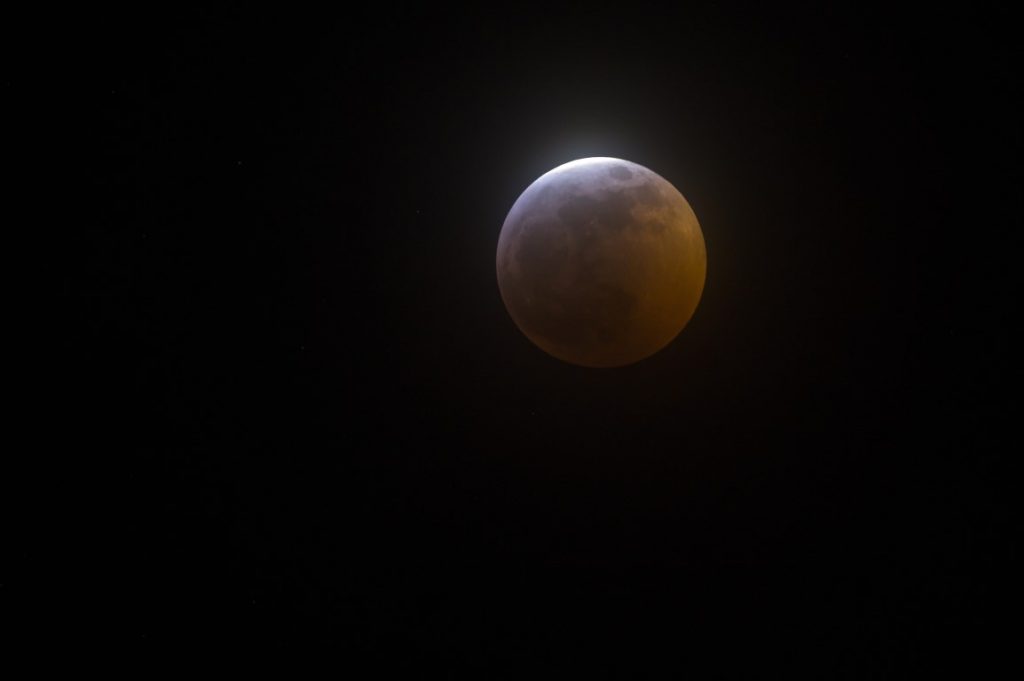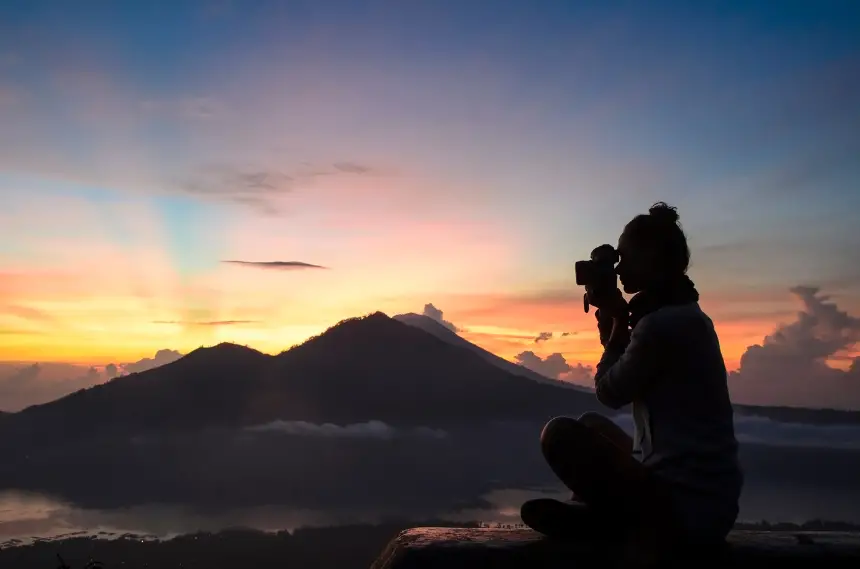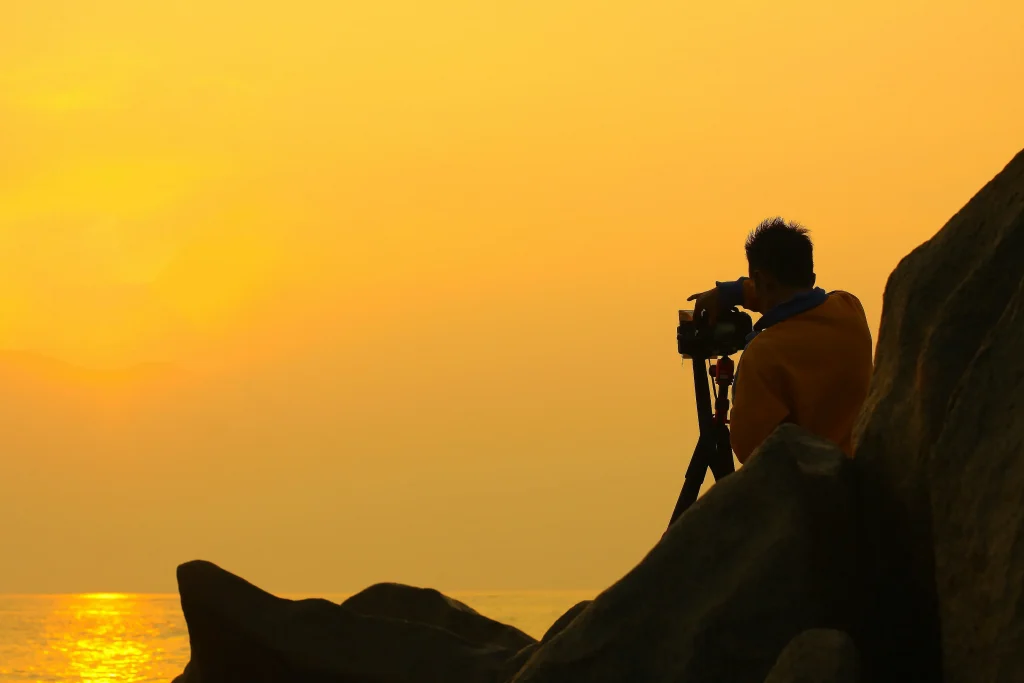
At night, focusing to infinity is a critical technique for capturing crisp and sharp photos of astronomical objects such as stars, planets, and galaxies.
While photographing the night sky, ensure your camera lens is focused on infinity, the point at which the stars and other celestial bodies seem sharp and clear.
Yet, focusing to infinity at night can be difficult, particularly for beginners unfamiliar with the many strategies and tools available for accomplishing this feat.
This article will go over the various ways and tips for focusing to infinity at night.
At the end of this article, I believe you will have a decent understanding of how to focus to infinity at night and capture stunning photographs of the night sky.
What is focusing to infinity at night refers to?
Adjusting the focus of a camera or telescope to infinity at night refers to altering the focus so that distant objects in the night sky, such as stars or planets, seem sharp and clear.
Because the objects being photographed are often quite far away and require careful focusing to appear clear and detailed in the final image, focusing to infinity is especially critical for night sky photography and astrophotography.
Techniques for Focusing to Infinity at Night
Many focusing techniques, including manual focus and hyperfocal distance, can be used for focusing infinity in astrophotography.
Knowing how to apply them successfully can help you produce stunning nighttime photographs.
So I am ready to provide a guide for each technique one by one.
Manual focus
Manual focusing gives the photographer complete control over the focusing distance, which results in greater precision and accuracy.
It’s especially beneficial in low-light situations, like at night, when sometimes autofocus may struggle to identify and focus on a subject.
How to use manual focus at night to focus to infinity:
- Turn off the camera’s or lens’s autofocus feature.
- Change the lens to manual focus.
- Compose your shot by looking via the viewfinder or using live view.
- The focus ring should be adjusted until the stars or distant objects seem sharp.
- Take a test shot and examine the image to check that the focus is correct.
Certain cameras, such as my Sony RX 10, include a physical switch that allows you to easily switch between auto, manual, and continuous focus modes.
Do you know, some cameras include a physical switch that allows you to easily switch between auto, manual, and continuous focus modes? Among my collection of cameras, Sony RX 10 is this type of camera
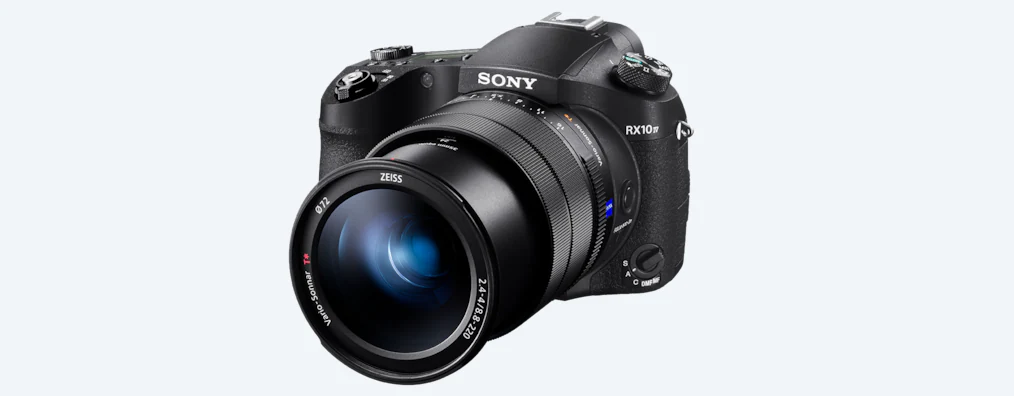
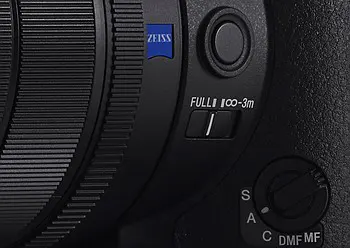
When considering autofocus, in low light conditions, such as at night, it may fail to concentrate on things because there isn’t enough contrast for the camera to detect and lock onto.
Autofocus may potentially focus on an incorrect topic, such as a foreground object, rather than the stars or distant objects in the background.
Therefore, manual focus is the greatest way to focus at night, especially on stars and other celestial objects
Hyperfocal distance
When photographing the night sky with a wide-angle lens, the hyperfocal distance is a technique for getting sharp focus throughout the whole image.
It entails calculating the distance at which to focus the lens depending on its focal length, aperture, and circle of confusion, and then determining the proper value with a calculator or chart.
You may ensure that both the foreground and background are sharply focused by focusing on the hyperfocal distance.
This technique is particularly handy for landscape astrophotographers who wish to capture both the stars in the sky and the foreground scene in sharp detail.
I think you have already referred to my detailed article on Landscape astrophotography. If not, this is a good time for it.
The Hyperfocal distance must be computed accurately for your lens/camera combination and settings; an online calculator or a phone app like Photopills might help.
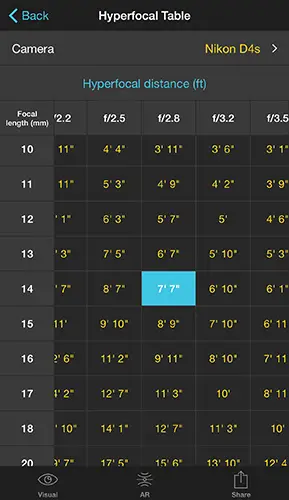
I recommended below tutorial video to get more knowledge about how to focus infinity for night sky photography.
5 Tips for focus infinity to night sky photography
- Using Live View at night is one of the most effective tips to focus to infinity.
The ability to examine the image on the LCD screen in real-time, zoom in to check focus accuracy, and have a clearer view of the scene in low-light settings are all advantages of using Live View.
Simply switch on Live View on your camera, set your focus mode to manual, and then utilize the magnification tool to focus on a bright star or distant light source.
- A flashlight can be a useful tool for focusing to infinity at night.
The ability to light up the foreground or a nearby object, making it easier to focus the lens, is one of the advantages of utilizing a flashlight. Simply shine a spotlight on a nearby object or the foreground, then adjust your focus until that object appears sharp.
Turn off the flashlight once you’ve obtained a sharp focus on the foreground, and your lens will be focused to infinity.
- Utilizing the moon or stars as reference points at night might also help you focus to infinity.
The moon or stars provide a bright light source in the sky that can be utilized to focus the lens and add a visually attractive element to the image.
When you use the moon or stars, pick a bright star or moon in the sky, zoom in with Live View, and then adjust your focus until the star or moon seems sharp.
If you want to know how to take sharp moon photography. I have provided an article on how do I take sharp moon photos.
- Lock it and shoot away.
If you’re confident in your focus, it’s a good idea to secure it by gently taping your focus ring with gaffer tape. It adheres easily yet leaves no residue.
- Make use of a guiding scope mounting ring.
Focusing introduces a lot of camera shake, especially with long telephoto lenses and high magnifications for Live View.
This makes it difficult to focus because the image wobbles and shakes continually. Fitting a guiding scope mounting ring over the focusing ring and utilizing it as a focusing bracket is a cool trick I learned from videography.
How to focus to infinity without an indicator
The lenses automatically determine infinity focus. Manually, point your camera at a faraway object or the sky and turn the focus ring until the subject seems sharpest. That is the infinity stop, which is typically the whole turn.
Conclusion
Night photographers who want to capture the majesty of the night sky must be able to focus to infinity.
We discussed manual focus and hyperfocal distance as approaches for focusing to infinity at night in this article. We also looked at tips and methods like using Live View, a flashlight, or the moon and stars as reference points.
If you want to capture stunning night sky photographs, consider the approaches and strategies outlined in this article.
Experiment and practice until you find the technique that works best for you, whether it’s Live View, a flashlight, or the moon and stars.
Remember to share your photos and tag us on social media so that we can see your fantastic results!
Justin Parker is a professional photographer and has been in the industry since 2007. He attended the University of Georgia. Justin combines his passion for photography and his interest in writing to give life to this blog which talks about photography in order to help and inspire young photographers.

